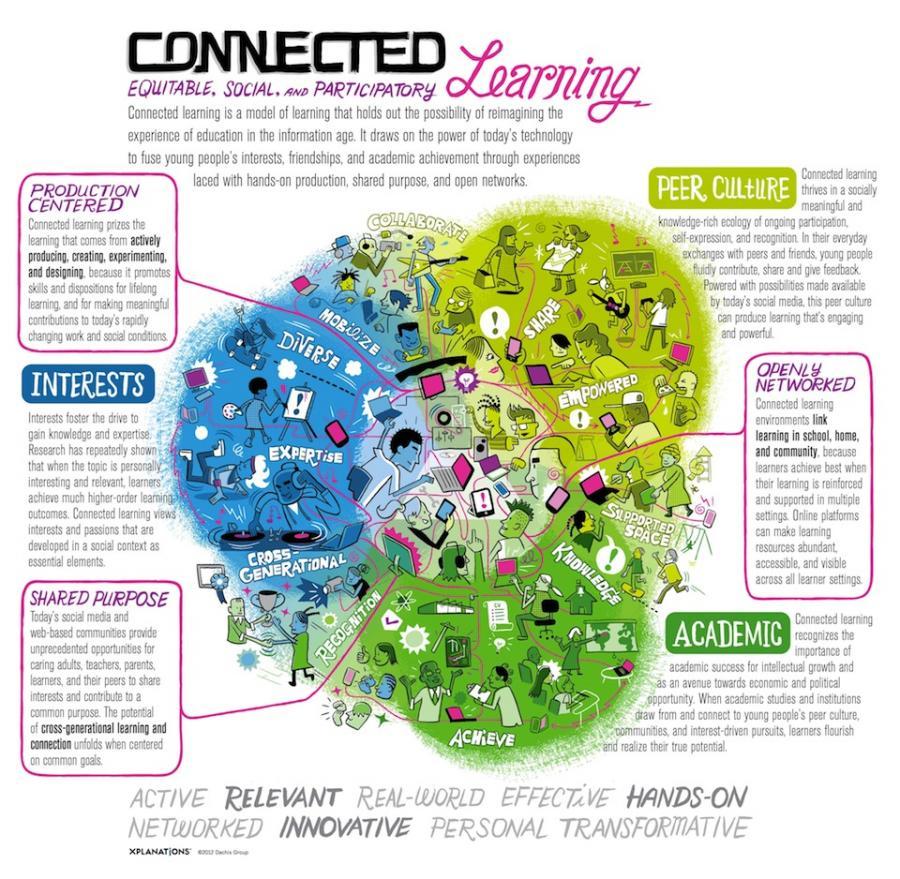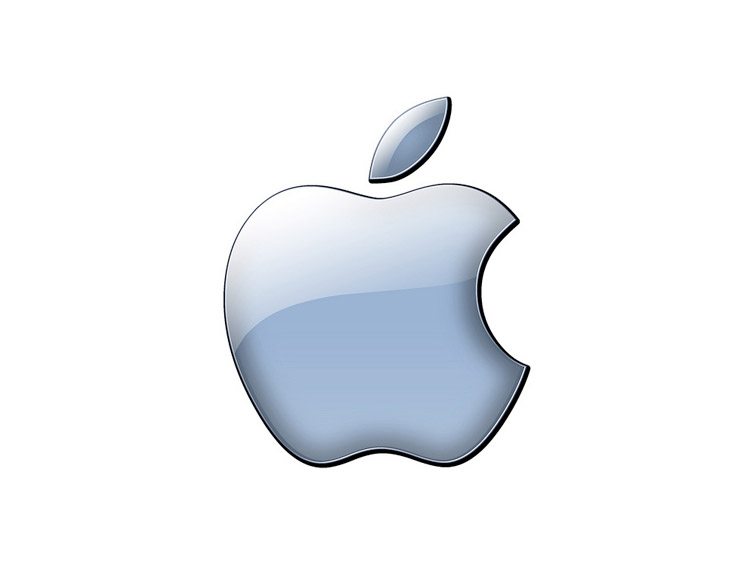
How Any School Can Be A 21st Century School
by Terry Heick
It’s nearly 2018, and the world is a weird place.
This is a world where Ubers have replaced taxi cabs and Elon Musk is drilling underneath Los Angeles to reduce traffic congestion.
A world where a President tweets threats of nuclear holocaust from a golf course, and where facebook is literally more well-known than any single newspaper or magazine in the history of mankind.
A teenager can change the world from his basement, and almost daily new apps and platforms are launched with the modest goal of, well, changing the world. In this age, YouTubers and instagram have more social capital than Ford or General Mills.
Whatever ‘social capital’ means.
This marks quite the shift from the themes of the 1990s, where profit was king, industry was ruggedly industrial (as opposed to digital), and the phrase “nothing personal–strictly business” found a lot of use.
But there is more going on than is immediately visible. The field (industry?) of public education is struggling not just to correct its inefficiencies, but to define itself entirely. And with the adoption of truly national standards in the Common Core movement, the possibility of pockets of unique academic “identity” emerging across the nation have been reduced in pursuit of uniformity and sameness.
See also 7 Shifts To The Classroom Of The Future
Unlike other businesses, public education can’t “fail.” It can certainly perform poorly, but parallel to the federal government itself, it is able to operate at a net loss–financial, human, and otherwise–for decades on end.
(One stinging irony being that of reduced social capacity: the more mediocre the education is each generation, the less likely such mediocrity will be spotted en masse because it’s obscured by a cultural blind spot and nobody can see what’s happening because we’re all staring at the same thing and waiting for someone else to tell us what to think.)
In the cycle of free markets, there is a natural flow where a need is identified, addressed, and then addressed again more efficiently by competition, offering a kind of evolution that weeds out non-performance and rewards new thinking.
Unfortunately, this is only possible sporadically in formal learning environments–online learning, charter schools, and even the burgeoning homeschooling market. So maybe this awkwardly successful modern mentality has something to offer education–some lessons to not only pursue reform, but to understand itself better in the process.

5 Ways Any School Can Be A School Of The Future
1. Use scale to your advantage, rather than choking from it.
In the past, business models were more physical than digital, and so more constrained by physical limitations. Very clear target markets would have to not only be identified, but directly actuated somehow. Internet startups have the same burden of target markets, but on a truly global scale.
The only such scale in K-12 formal learning in the United States lies with federal mandates for performance, and now academic standards. But these are truly ‘top down.’
And when there is new ideas that attempts to fill a niche in education, they are rarely designed for a genuinely broad application, often using proprietary platforms, designed by corporate groups detached from classrooms, or hand-crafted for district officials instead of teachers and learners.
In these circumstances, scale is an afterthought.
2. Insist on innovation, even through struggles.
2018 embraces change.
Oftentimes, they innovate just for the sake of innovation. While this doesn’t always make for profit or micro success, it breeds macro progress.
With the burden of high-stakes test performance, true innovation is incredibly challenging, as the ultimate goal of such innovation must be test-based performance. #edtech applications abound that have the power to literally transform learning entirely.
But for this to occur, the goals of such transformation must be as innovative as their individual paths.
3. Use the power of crowds, not policy.
The modern startup pursues decentralization.
Facebook has been the ultimate disrupter of the internet itself by its focus on crowds. Facebook’s target audience is literally all of humanity. While bold, in doing so it has moved the power on the internet from sheer commerce via large corporations, to the power of the crowds themselves. This is a model that embraces decentralization, change, and ultimately a kind of (if you’ll excuse the oxymoron) systematic chaos.
Applying crowd-appeal to education is entirely practical because of the power of social media. But for it to truly take hold, such leveraging of crowds will have to take place at the curriculum level, with service learning and project-based learning offering two such approaches.

4. Play nice with others–especially the big boys.
In 2018, a new idea has to either disrupt everything, or play nice with everything. Anything in-between is iffy.
With a new start-up for example, interdependence with all popular platforms is an absolute must. YouTube has to work Facebook has to work with iOS has to work with Gmail has to work with PayPal or it all doesn’t work.
While much of this cooperation is self-serving, “’play nice’ has, to an extent, replaced the cut-throat aggression of the late 20th century. At least in terms of software interfacing.
Without real leadership in education, such pursuit of healthy ecologies will be a challenge. Curriculum, assessment, and instruction rarely ‘play nice’ together, with one (outside) company providing literacy software for struggling readers, another providing test prep software, a district or state-level agency directing professional development, while teacher-driven professional learning communities do their best to adhere to it all.
Establishing a cooperative ecology of products, services, and policies would do wonders to reduce the awkward inertia that weighs on the evolution of formal learning systems.
5. Authentically embrace multiple forms of progress.
The outcomes-based movement of the 1980s and 1990s has certainly led to a focus on results in education.
This mirrors the approach of startups, whose huge scale often precludes anything but complete, industry-dominating success. Here, currencies include not only profit, but social media followers, traffic, and the opportunity for industry leadership (something that might be less important in a less digital world).
Even established, non-startups like Amazon waivers back and forth between making a profit and disrupting how and where and why we shop.
Amazon posted a profit of $197 million for the June quarter, a 77% drop from the $857 million profit it reported during same period a year earlier. Yet they recently bought Whole Foods for nearly $14 billion, and have bet big on video and apps and even local handyman services.
Short-term profit isn’t, it seems, everything.
The room for growth in public education is a kind of parallel thing, existing in matching that kind of diversity of results, and diversity of of the assessment forms and accountability factors that produce those results.
Image attribution flickr user worldeconomicforum

